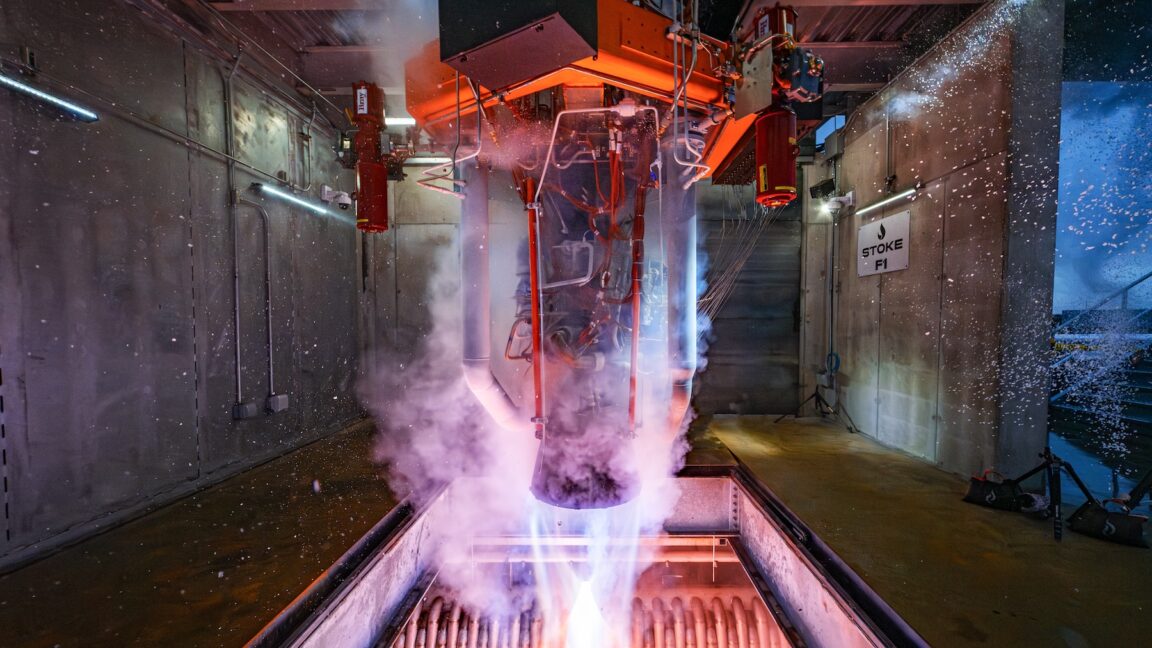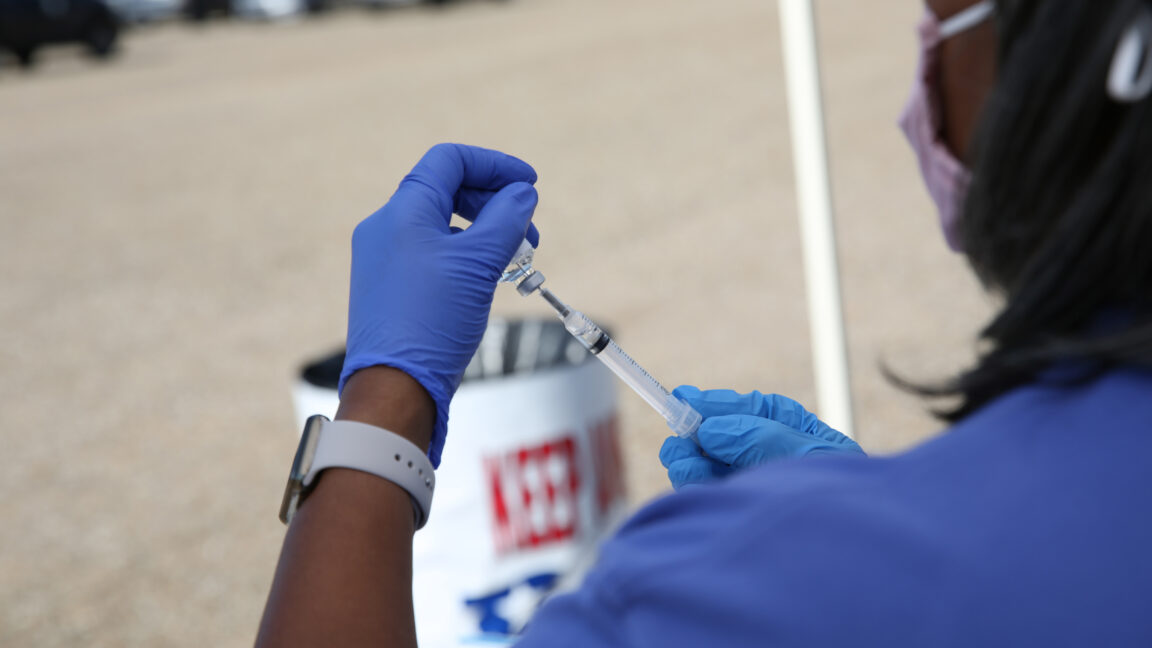Kansas Tuberculosis Outbreak One of Largest Ever in US

An unprecedented tuberculosis (TB) outbreak in Kansas has reached historic levels, becoming one of the largest ever recorded in U.S. history.
The Kansas Department of Health and Environment (KDHE) has reported 67 active cases since 2024, with 60 in Wyandotte County and 7 in Johnson County.
Additionally, 79 latent infections—77 in Wyandotte County and 2 in Johnson County—have been identified.
"Currently, Kansas has the largest outbreak that they've ever had in history," Ashley Goss, a deputy secretary at the Kansas Department of Health and Environment (KDHE), told the Senate Public Health and Welfare Committee on January 21, according to the Topeka Capital-Journal.
A KDHE spokesperson later clarified the statement, explaining that the current outbreak "is the largest documented outbreak in U.S. history." Newsweek contacted the KDHE via email for further comment.
However, the CDC has refuted this assertion, pointing to two larger TB outbreaks in the U.S. in recent history.
One, which spread through homeless shelters in Georgia between 2015 and 2017, saw 170 active and more than 400 latent cases recorded.
The other, a nationwide outbreak in 2021 that was linked to contaminated tissue used in bone transplants, affected 113 patients.










